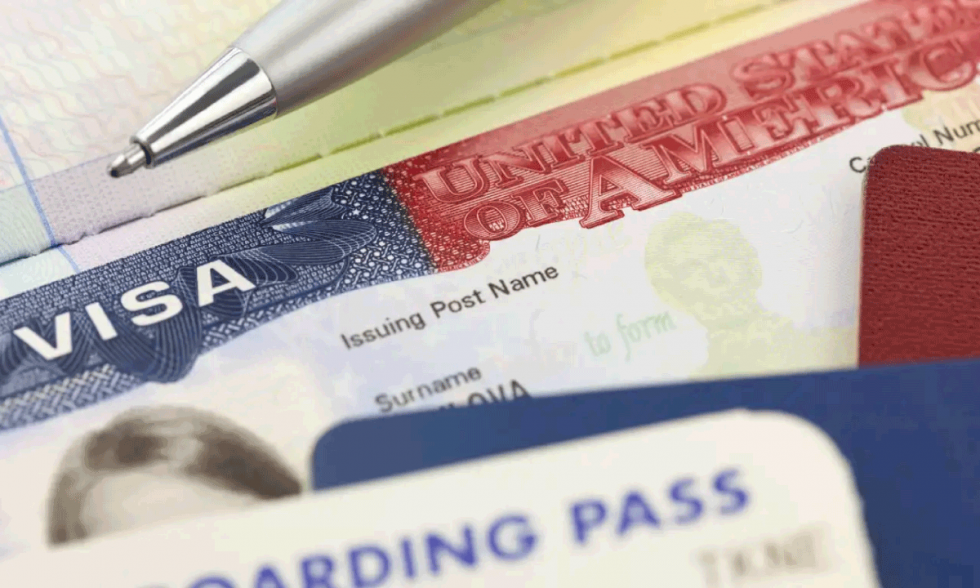The End of AOL Dial-Up: How Legacy Internet Shapes Modern Digital Learning
AOL officially ended its dial-up service, closing a chapter in internet history that began over three decades ago. For millions worldwide, AOL was the first gateway to the online world, connecting homes to email, chat rooms, and early web pages. While the era of slow connections and distinct modem sounds is gone, its impact on digital education continues to resonate.
In the early 2000s, many students relied on dial-up internet for homework, research, and online learning platforms. Limitations such as low bandwidth and slow loading times shaped the ways teachers and students adapted to digital tools. Despite these challenges, early e-learning initiatives laid the foundation for today’s sophisticated online classrooms.
Lessons for Modern Online Learning
AOL's legacy offers valuable lessons for contemporary education technology. First, accessibility remains a critical concern. Just as dial-up connectivity was limited by location and infrastructure, today's e-learning platforms must address gaps in global internet access. Schools, universities, and edtech providers are increasingly focused on equitable solutions, ensuring that students in remote or underserved areas can participate fully in online education.
Second, the evolution from dial-up to broadband and mobile internet illustrates the importance of scalable infrastructure. Platforms that once struggled with small file sizes and simple text-based content can now deliver interactive simulations, high-definition video, and real-time collaborative tools. This technological leap has enabled immersive learning experiences across subjects ranging from science and engineering to arts and humanities.
Digital Literacy and Historical Context
Understanding the constraints of dial-up also emphasizes the role of digital literacy. Students who grew up with limited internet speeds developed problem-solving skills to navigate technological limitations. Today, educators use this historical context to teach resilience and adaptability, preparing learners for an era of continuous digital transformation.
Furthermore, awareness of past limitations informs global education policies. Governments and institutions study connectivity challenges from the AOL era to anticipate potential bottlenecks in new regions, ensuring smoother implementation of e-learning systems and hybrid learning models.
Innovating for the Future
The shutdown of AOL dial-up is not just a nostalgic moment; it signals a pivot toward innovative educational technologies. Cloud-based platforms, AI-driven tutoring, and adaptive learning systems thrive on high-speed internet, but planners are mindful of inclusivity. The lessons from dial-up days continue to guide the creation of offline-compatible tools and bandwidth-efficient educational content.
Companies developing learning management systems are integrating lightweight versions of applications for areas with limited connectivity, echoing the adaptability required during AOL's dominance. These solutions expand global access to quality education while preserving the spirit of problem-solving that early internet users once embraced.
Global Perspective
In Latin America, Africa, and parts of Asia, the echoes of AOL’s connectivity struggles remain relevant. Students in rural regions still face intermittent access, making the design of resilient e-learning platforms crucial. Institutions are investing in offline content delivery, mobile-first applications, and hybrid learning models, ensuring that education remains uninterrupted regardless of infrastructure limitations.
The AOL era also underscores the importance of partnerships between governments, private companies, and international organizations. Collaborative efforts to enhance connectivity and digital literacy are now central to global education initiatives, fostering equitable access and preparing students for a highly digitalized future.
Looking Ahead
As AOL’s dial-up era fades into history, the lessons it imparts continue to shape modern education. Connectivity, accessibility, and adaptability remain at the heart of effective e-learning strategies. By studying the past, educators and technologists can build more inclusive, resilient, and innovative digital learning environments worldwide. The end of AOL is not merely a technological milestone; it is a reminder that every leap in connectivity carries lessons essential for the next generation of learners.
Source: The Guardian
Related Articles
Todos los derechos reservados




Comentarios